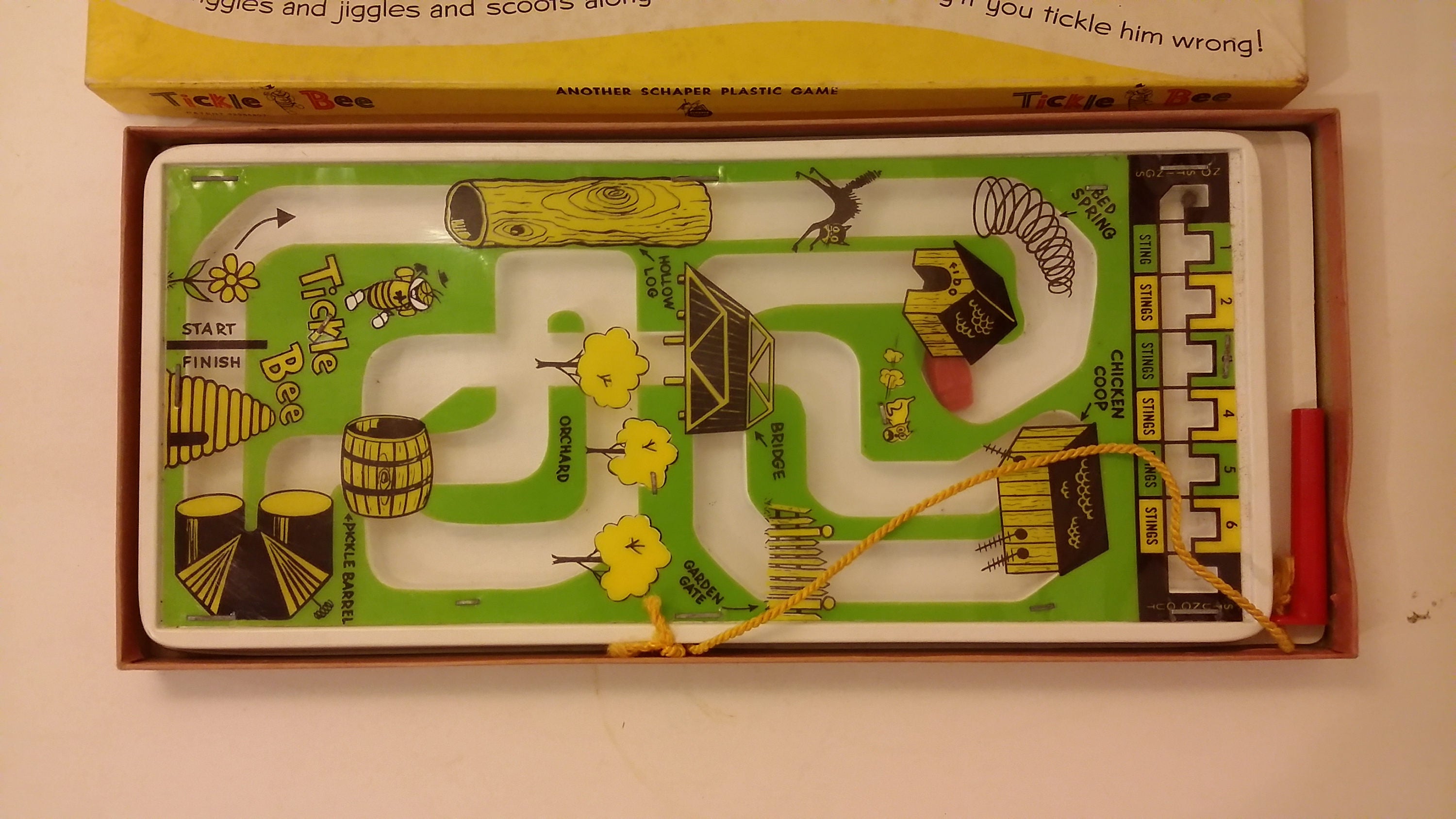
To promote laughter, the adults in the situation play the less powerful role, leaving the role of “the swift, the strong, the smart and the informed” to the children.An adult is present or nearby, to insure that the play stays safe and inclusive.
/cdn.vox-cdn.com/uploads/chorus_image/image/56968315/cuphead-flower2.0.0.png)

In healthy play, these ground rules are usually operating. I don't think that most tickling in families is pursued to the level of abuse, but I do think that tickling can be replaced with healthier options. When asked what they are afraid of, their memories go straight to times when they were tickled as children, and couldn't get the tickler to stop. They can't sleep close to a trusted partner, for instance, or are internally on guard any time there's more than casual touching between them and someone they love. I've listened to a number of adults who can't relax when others are in close proximity to them. We are glad to be asked-it feels great to have an instant way to laugh and be playful together.īut in my many years of listening to adults talk about the emotional challenges of their lives as children, tickling comes up again and again as an experience that has been hurtful. And indeed, some children ask their parents for tickling games. So tickling looks, on the surface, like a kind of play that children enjoy, and that is good for them. It also is a dependable way to get lots of laughter rolling. To put tickling in a broader framework, it's one of the ways to play that puts people in touch with each other. It is rarely questioned, but deserves to be thought about more carefully, as it's a form of play that can, despite good intentions, hurt a child. Tickling children is one of those customary kinds of play that is handed down from generation to generation through our families.


 0 kommentar(er)
0 kommentar(er)
